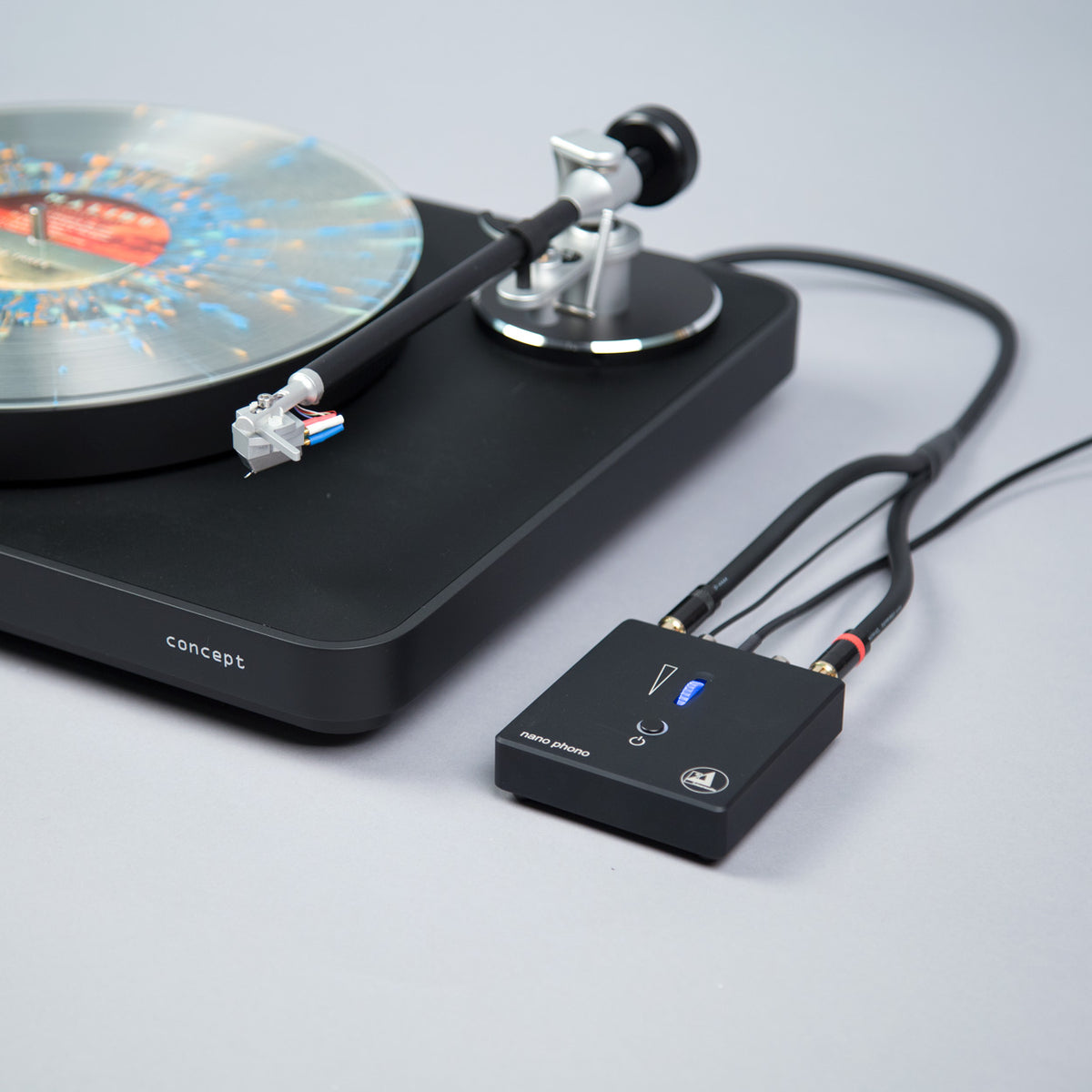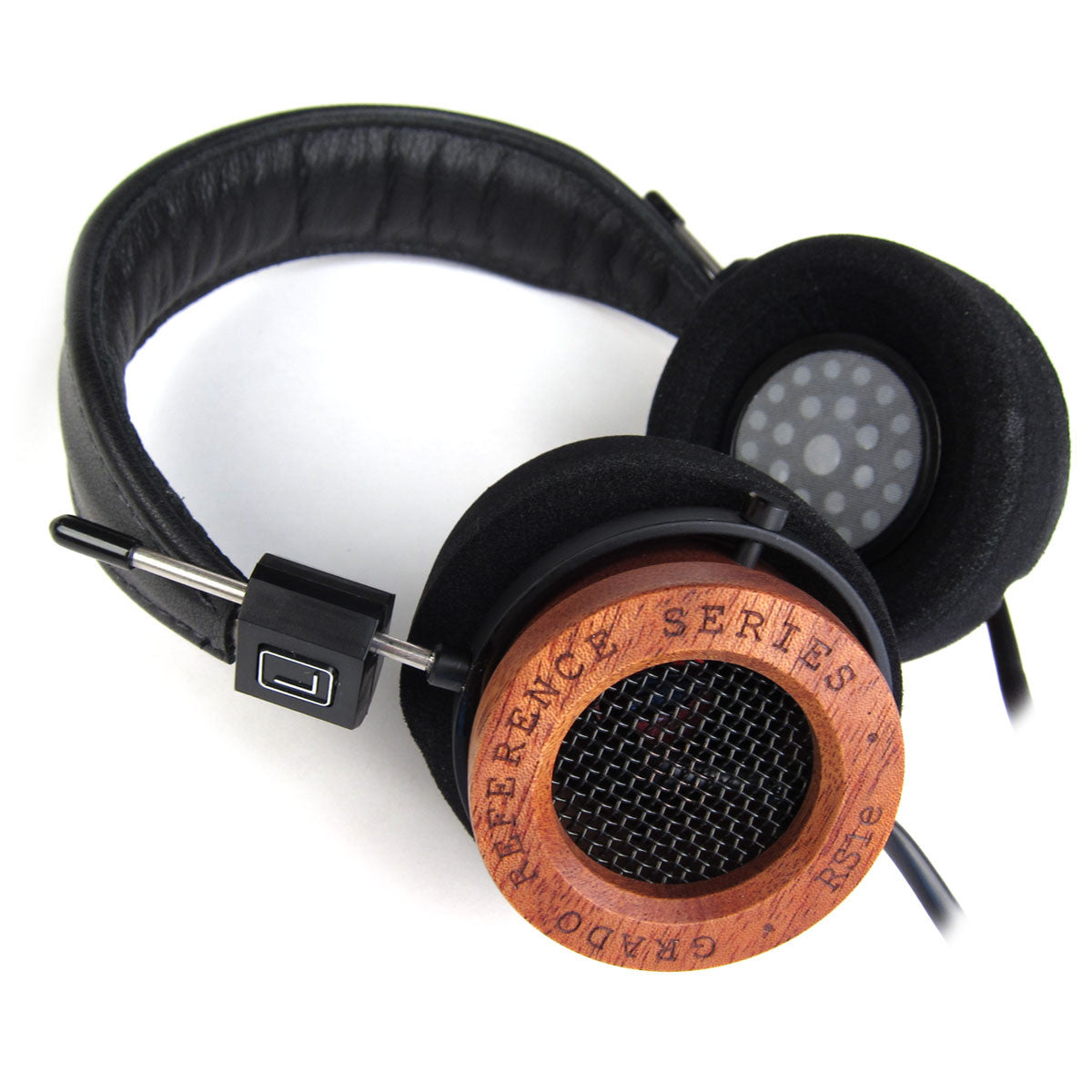

Because a file's name informs its place in the ordinal series of files, 1.wav will be the first sample played.
#CRITTER AND GUITARI OVERLOOP PATCH#
Each time a key is hit, the patch will play one or an amplitude-based mix of two of those samples - depending on the current settings and position of the 'cycle.' So while the drum pattern or sequence remains the same, the sound changes according to the cycle settings and samples.įor example, say there are three samples in a the low C key's sample folder: 1.wav (kick drum), 2.wav (piano note), and 3.wav (laser). Each key has a folder with a number of audio samples in it.

But this patch mixes/crossfades samples 'stored' on a key. If you need a fresh and inspiring sound straight out of the box, this mighty little beast could be indispensable in the studio.Cycler is similar to other C&G-made patches like Sampler Style and HRando where samples are played with key presses and sequences can be recorded from those key presses. Perhaps the most alluring of all the Pocket Piano’s qualities - and the one that attracted its star-studded clientele - is its immediacy. Newman, and The Flaming Lips through to Taylor Swift. From here eventually finding its way onto a diverse array of records, from MGMT to Bon Iver, Jack White to A.C. The available six (or sometimes seven) synthesis modes are:Įach mode comes with a number of variable parameters: depth, rate, detuning or harmonicity, to envelope, decay, index and glide, along with pitch/tuning, volume, and an auxiliary controlling either waveform (sine, square, triangle or sawtooth), or adding an octave to the mode.įor extra portability, the Pocket Piano also have a built-in speaker and can be powered by a 9-volt battery if you wanna get creative on the go, or want to start experimenting without the constraint of plugging the box into an amplifier and finding a power transformer.ĭigging through internet history, it seems that the Pocket Piano was originally available as a DIY kit before receiving a full-scale production makeover from Critter and Guitari, including 16 chromatic real maple keys.

Depending on the setting chosen, the polyphonic sections have four available voices and some units also have MIDI in, out, and thru. The Pocket Piano is a versatile synthesiser with a surprising amount of sounds and parameters, from raw tones to FM synthesis, to arpeggiators, all in a small but user-friendly box. Come the transistor insurgency of the ’60s and miniaturisation lead to familiar classics including the Buchla, Moog synthesizer (founder Robert Moog had himself begun his business building theremins), ARP, and EMS.īeyond this point, synthesizers began an exponential increase in complexity with the use of FM synthesis, digital sampling, MIDI, to the point that in the ’90s there was no lack of pop records produced with expensive digital synthesizer workstations.Ĭome 2005, an Italian university crew in the beautiful Piedmont region developed the Arduino as an inexpensive, all-encompassing, and most importantly, general public licensed microcontroller, and the DIY synthesiser world was able to flourish again! Leon Theremin’s theremin of 1920, the Ondes Martenot of 1928, the Trautonium, and a number of valve-based steps along the way.

The world of electronic music and synthesis began in a somewhat DIY revolution, harking back to innovation as early as the invention of Thaddeus Cahill’s Telharmonium of 1896: a discreet surveillance king.


 0 kommentar(er)
0 kommentar(er)
